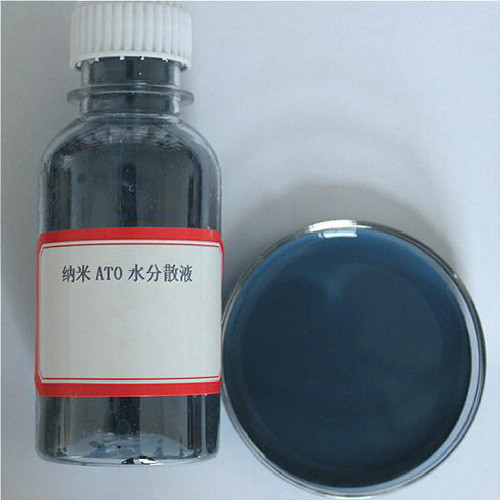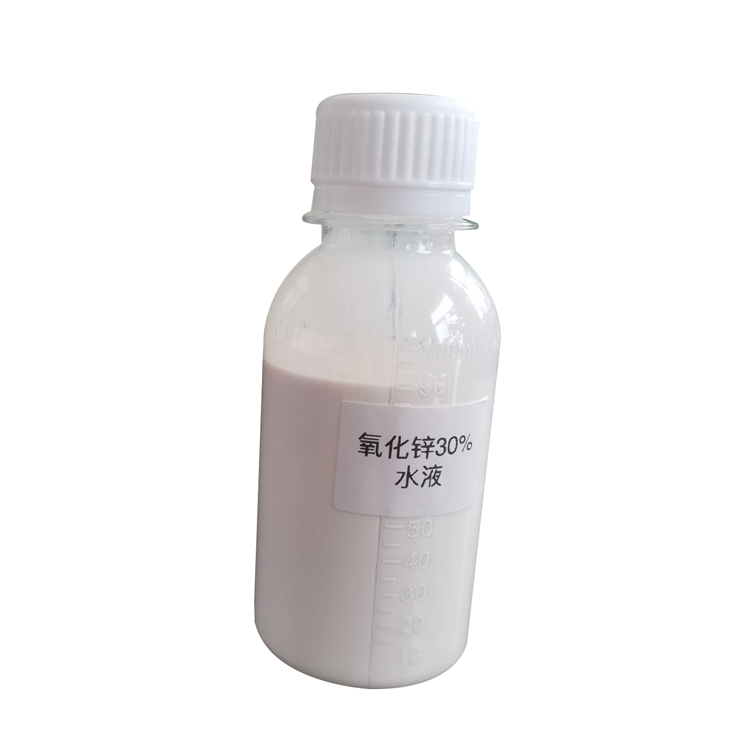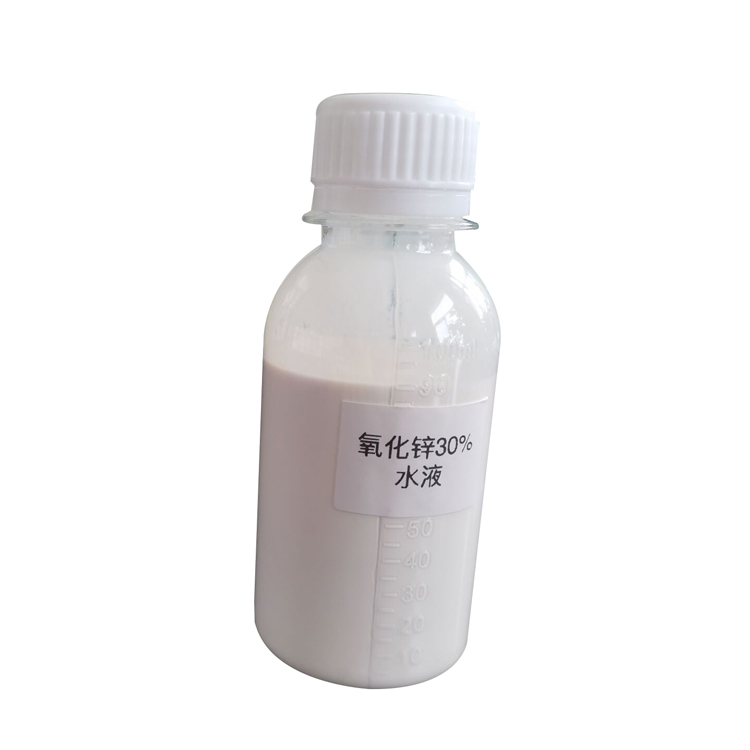As technology advances, scientists have discovered the use of precious metal nanoparticles in electronic devices, healthcare products, and other high-tech applications. One particular precious metal nanoparticle that has gained immense popularity is platinum. In this blog post, we will take a deep dive into platinum nanoparticles, their properties, and their applications.
What are Platinum Nanoparticles?
Platinum nanoparticles are clusters of platinum atoms that are less than a hundred nanometers in size. These particles exhibit different physical and chemical properties than their bulk counterparts due to their small size-to-volume ratio. Platinum nanoparticles come in different shapes, including spheres, cubes, and wire-like shapes, and are usually prepared using chemical reduction methods, such as solvothermal and hydrothermal methods.
Properties of Platinum Nanoparticles
Platinum nanoparticles possess some unique properties that make them useful in many different applications. First and foremost, they have a high surface area-to-volume ratio, which improves their catalytic activity. Platinum nanoparticles are also highly conductive, making them useful in electronics. They are also resistant to chemical and thermal degradation, which gives them longevity in applications where high temperatures or corrosive environments are present.
Applications of Platinum Nanoparticles
One of the most critical applications of platinum nanoparticles is in catalysis. Because of their high surface area-to-volume ratio and excellent catalytic properties, they are used in fuel cells, electrochemical sensors, and many manufacturing processes. In the healthcare sector, platinum nanoparticles have shown great potential in drug delivery and imaging. They can act as a carrier that delivers drugs into cells, thereby increasing the drug efficacy while reducing its side effects. Platinum nanoparticles have even been used in cancer treatment, where they act as a photothermal agent, helping to destroy cancer cells.
Another essential application of platinum nanoparticles is in electronics. Due to their high conductivity, they are used in electronic devices such as sensors, transistors, and data storage devices. In the automotive industry, platinum nanoparticles are used in the construction of catalytic converters, which help to reduce harmful emissions from internal combustion engines.
Conclusion
In summary, platinum nanoparticles are clusters of platinum atoms that exhibit unique properties due to their small size-to-volume ratio. They are highly conductive, catalytically active, resistant to chemical and thermal degradation, and they have great potential in various applications. From healthcare to electronics to high-tech manufacturing, platinum nanoparticles have shown significant advantages that make them a go-to choice for scientists and engineers. With the continued advancements in nanotechnology, we are excited to see what new applications and discoveries will come to light regarding platinum nanoparticles in the near future.
SAT NANO can supply high quality Platinum nanoparticle 20-30nm with competitive price, welcome to contact us at sales03@satnano.com

























